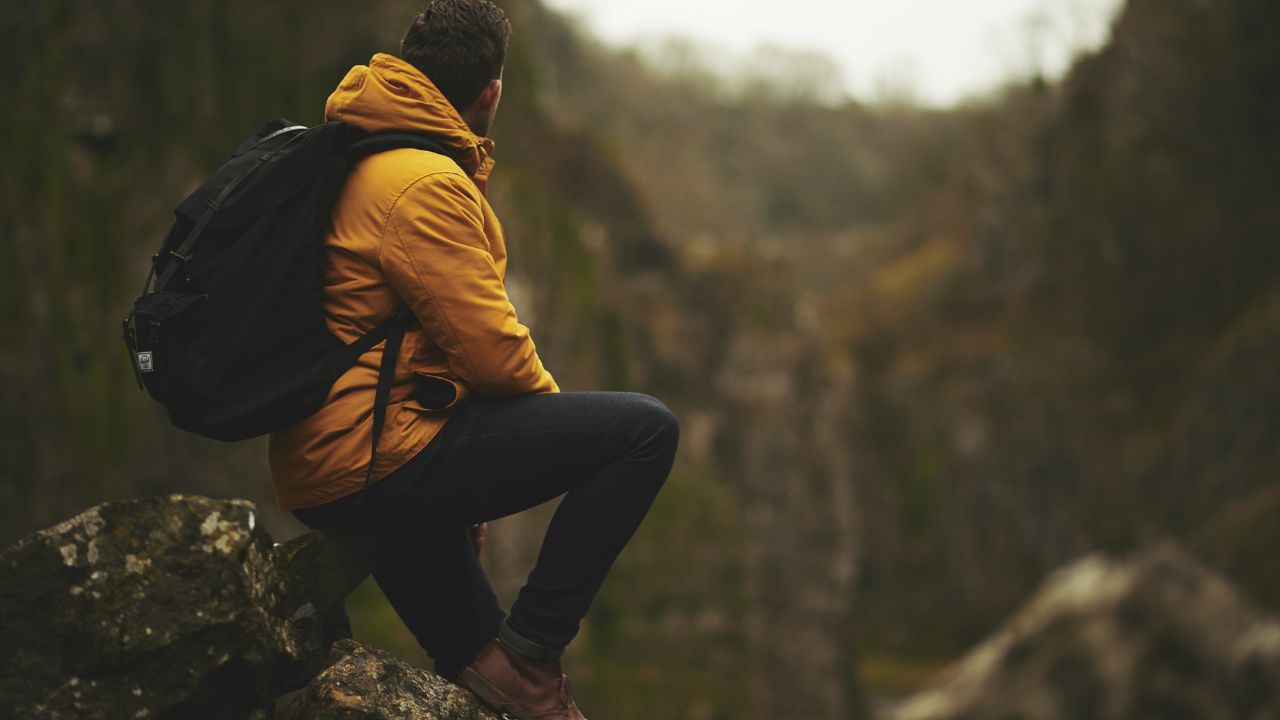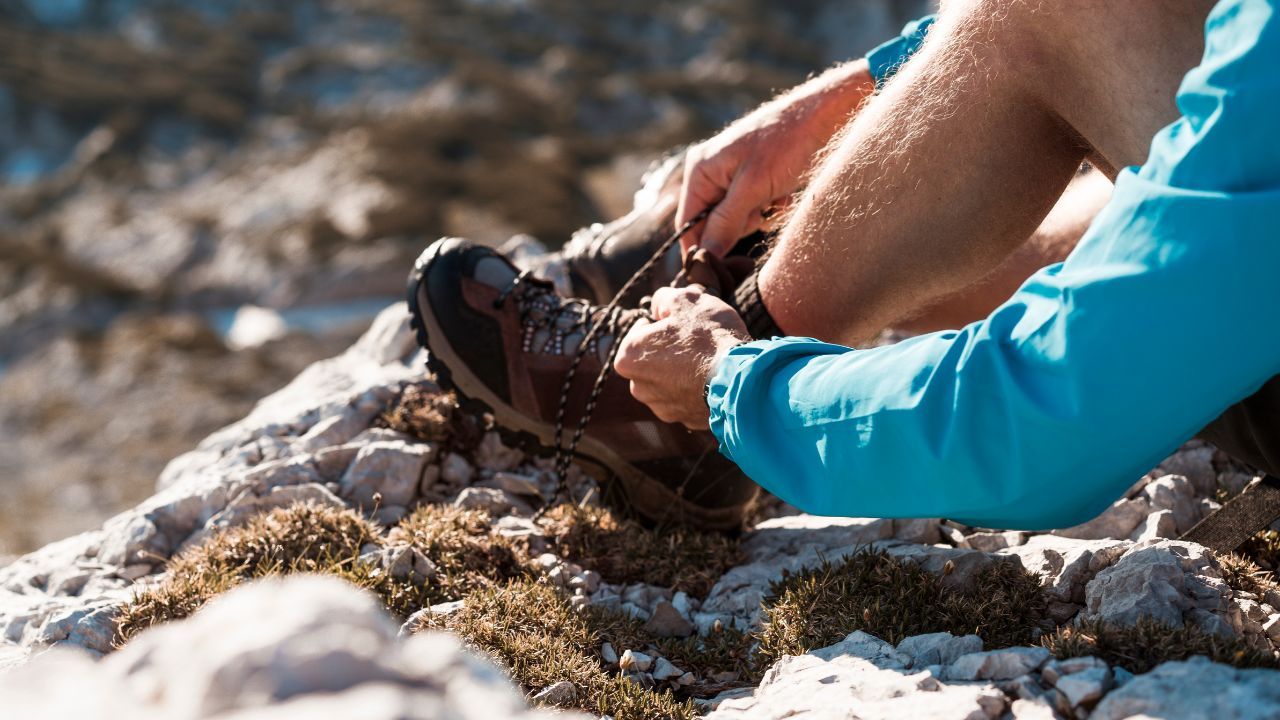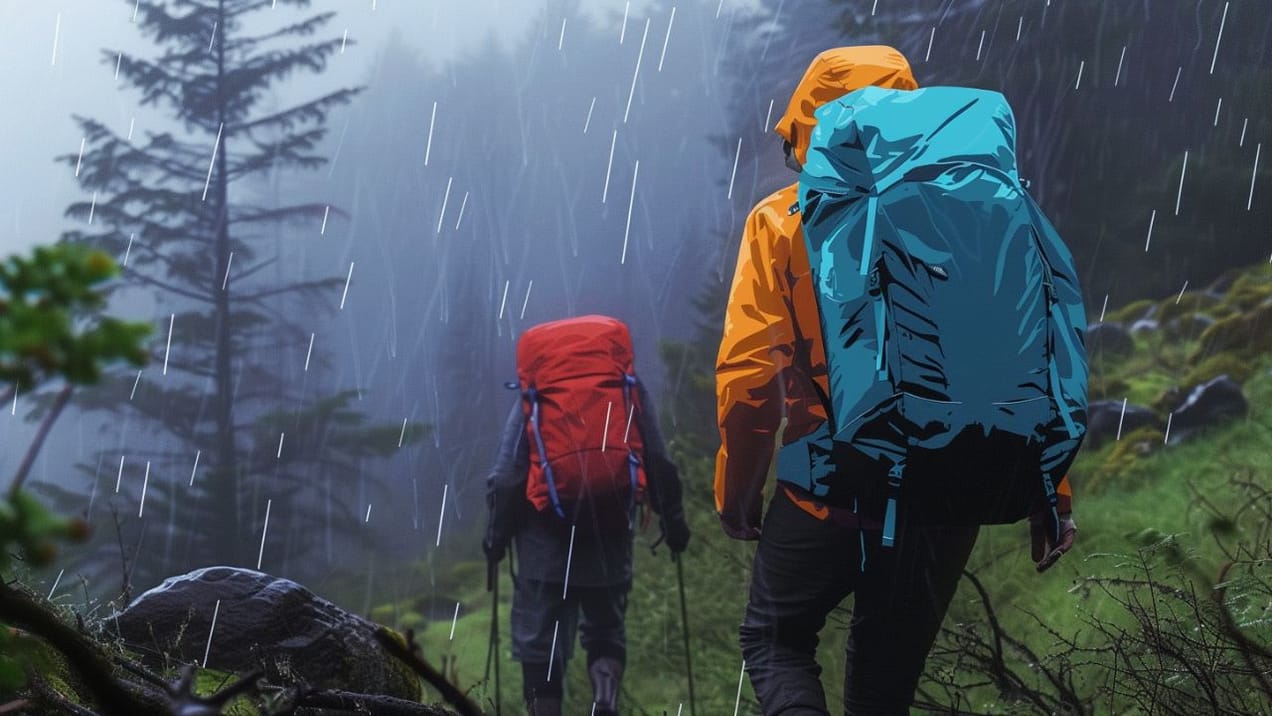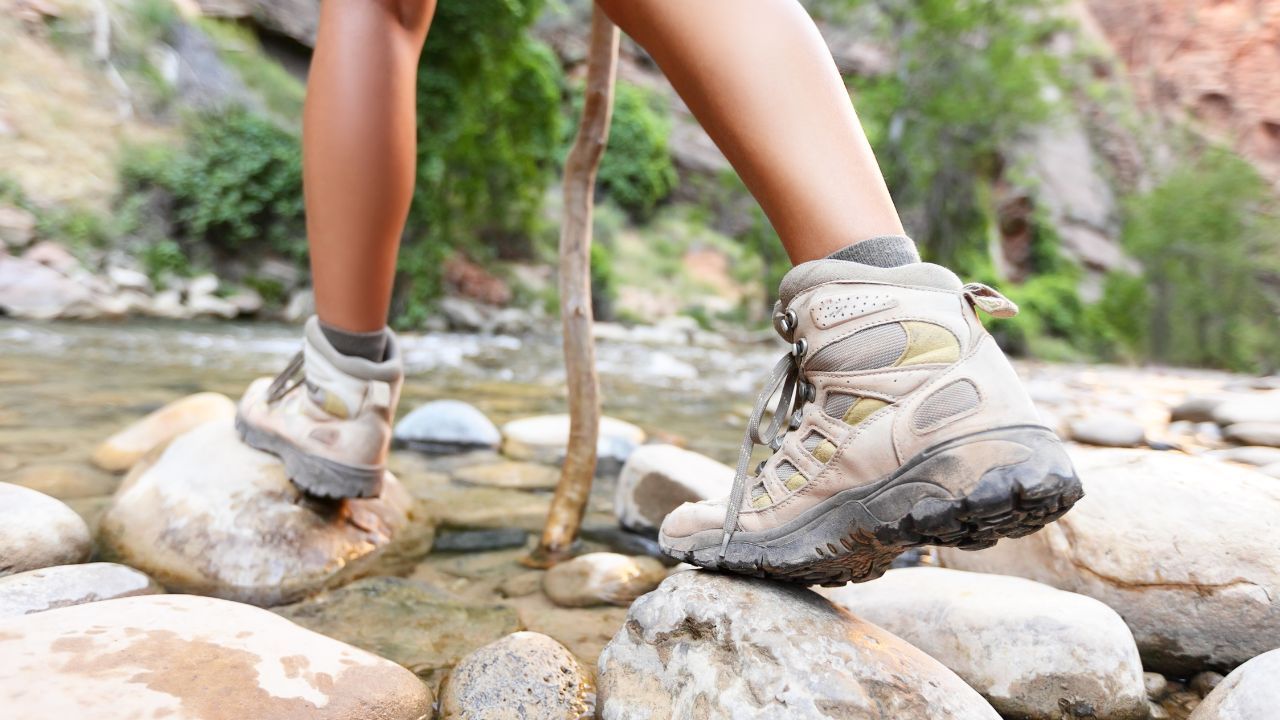
What Shoes To Wear Hiking | Conquer the Climb!
Get the rundown on what shoes to wear hiking for maximum comfort and safety. Step into our guide today!
So, you've decided to heed the call of the wild and embark on a hiking journey. That's fantastic! But hang on a second, have you given a thought to what shoes to wear hiking?
Just as you wouldn't go to a formal event in flip-flops or run a marathon in high heels, you shouldn't venture into the wilderness without the right footwear. The shoes you wear can make or break your hiking experience, so let's dive right into it.
Disclosure: We only recommend things we’ve personally used or come highly recommended by trusted peers. Using one of our referral links might give us a small commission which helps support this website at no additional cost to you. If you’d like to learn more check out our disclaimer page.
Why Choosing the Right Hiking Shoes Matters
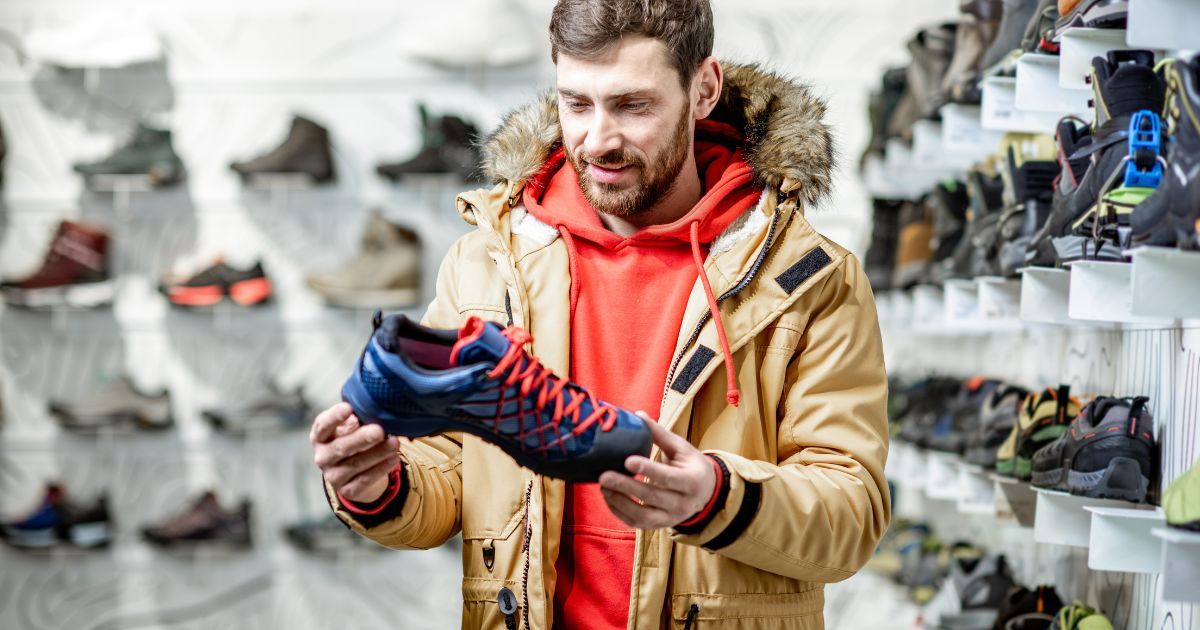
You might be thinking, "It's just a pair of shoes, how much difference could it possibly make?" Well, let me tell you, it makes a world of difference!
Imagine trying to walk on a tightrope wearing roller skates. Sounds impossible, right? That's because you're not equipped with the right gear for the task. The same principle applies when it comes to hiking.
They do more than just shield your feet; they can also provide support to your ankles, reducing the risk of sprains and strains.
Think of your hiking shoes like a reliable, four-wheel-drive vehicle. They need to carry you over rough, uneven ground, sometimes through mud, water, or snow, all while keeping you comfortable and preventing any breakdowns (or in this case, injuries).
So, if you want to enjoy your hiking adventure to the fullest and return home with happy, blister-free feet, choosing the right hiking shoes is absolutely vital.
Factors to Consider When Choosing Hiking Shoes
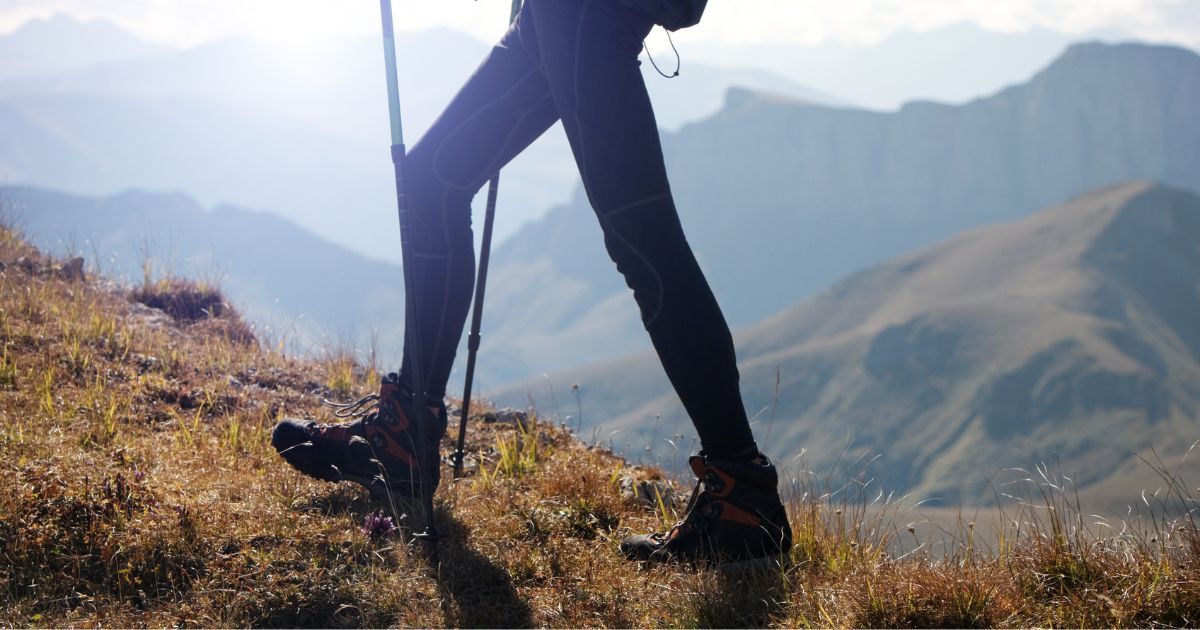
When it comes to choosing hiking shoes, it's not a one-size-fits-all scenario. There are many hiking shoe factors to consider.
These include the terrain you'll be traversing, the weather conditions you'll face, and the comfort, durability, and weight of the shoes. Let's delve into each of these factors comprehensively.
Understanding Your Hiking Terrain
Think of hiking terrains as different flavors of ice cream. Some are smooth and easy, like vanilla, while others are rocky and challenging, like a chunky rocky road.
For instance, if your path is flat and well-maintained, a pair of trail running shoes or light hikers might be sufficient.
However, if you're venturing into rocky or mountainous terrain, you'll want something sturdier, like hiking boots that provide more ankle support and have thicker soles.
So, understanding your hiking terrains is akin to knowing which ice cream flavor suits your palate.
Weather Conditions and Hiking Footwear
Imagine wearing flip-flops in the snow; it wouldn't be a comfortable or wise decision. Similarly, the type of shoes you choose for hiking should be influenced by the weather conditions you expect to encounter. This is where the relationship between weather and hiking shoes comes into play.
- For dry, hot temperatures, breathable shoes are your best bet. They allow air circulation, keeping your feet cool.
- On the other hand, if you're hiking in wet conditions or crossing streams, waterproof hiking shoes or boots might be the way to go. They'll keep your feet dry and provide the traction needed on slippery surfaces.
Comfort and Fit: The Key to a Successful Hike
The importance of comfort and fit when choosing hiking shoes cannot be overstated. It's like trying to run a marathon with a pebble in your shoe – not a pleasant experience!
Remember, wearing comfortable hiking shoes can make the difference between a delightful adventure and a painful ordeal.
To sum up, choosing a good hiking shoe requires careful consideration of the terrain, weather conditions, and ensuring they offer the right amount of comfort and fit. It's about finding that sweet spot between function and comfort, just like picking the perfect ice cream flavor on a hot summer day.
Types of Hiking Footwear
Alright, now that we've covered the factors to consider when choosing your hiking shoes, let's move on to the fun part - exploring the different types of hiking footwear available.
It's like visiting a candy store, but for your feet! We'll be looking at four main types: hiking shoes, hiking boots, trail runners, and hiking sandals.
Hiking Shoes: Lightweight and Versatile
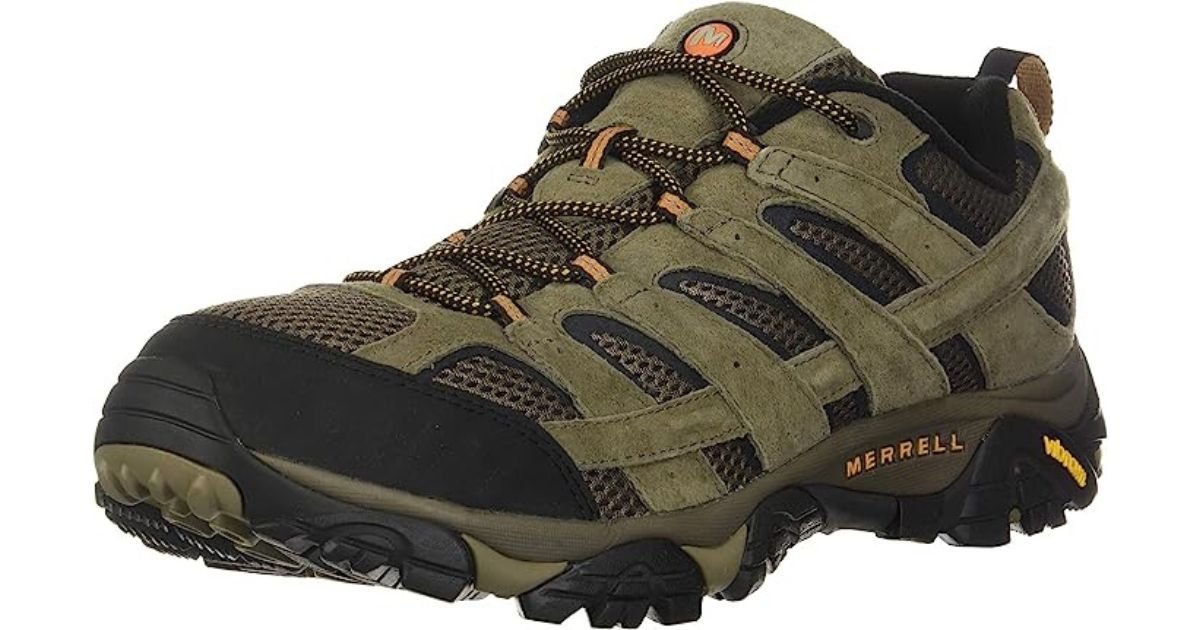
Think of these as the Swiss Army knives of hiking footwear.
- They're lightweight, making them perfect for those long treks where every ounce counts.
- Their low-cut design offers plenty of flexibility, allowing you to navigate tricky paths with ease.
However, their benefits come with a few trade-offs. Hiking shoes may not provide as much ankle support as their taller cousins, hiking boots. So if you're planning to hike on rough terrains with heavy backpacks, you might want to think twice.
Regardless, for most day hikes and light backpacking trips, hiking shoes can be an excellent choice.
Hiking Boots: Durable and Supportive
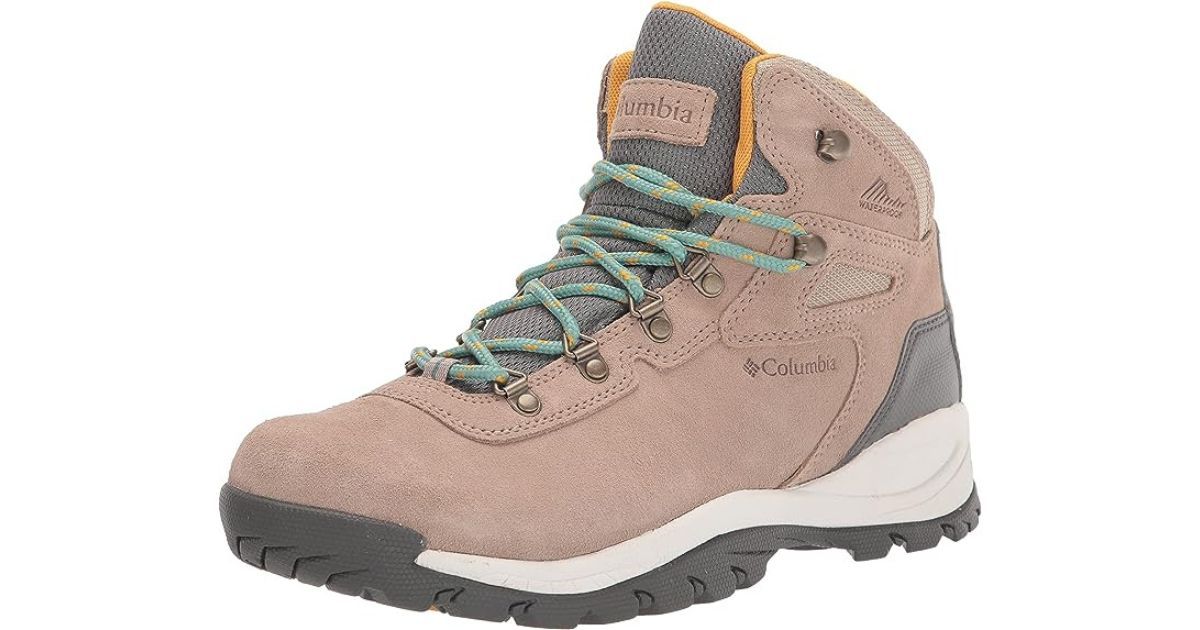
These are the sturdy SUVs of the footwear world. They're designed to handle almost anything Mother Nature can throw at them.
But remember, with great power comes... well, great weight. Hiking boots are generally heavier than hiking shoes and trail runners. They also take longer to break in.
When venturing off-trail in challenging terrain or expecting cooler weather, I typically wear hiking boots. So if you're planning a short, casual hike, these might feel like overkill.
A few of my favorite brands are Columbia, Danner, Crispi, and Schnee's.
Trail Runners: Fast and Flexible
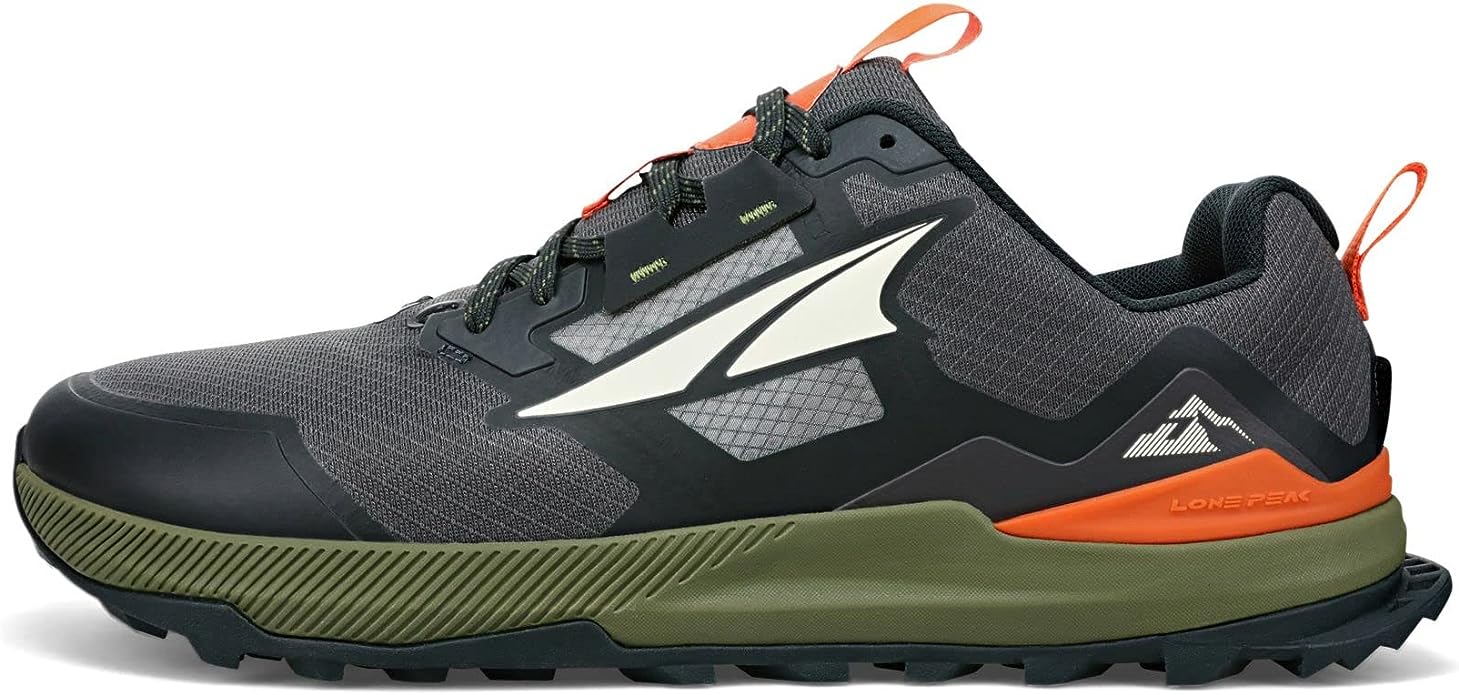
These are not your traditional hiking shoe, they are the sports cars of the hiking world – fast, light, and built for speed.
Two of my top picks are the Altra Lone Peak 7, known for its spacious toe box, and the Salomon X Ultra, renowned for its sleek design and waterproof materials. Both models are available in sizes for both men and women.
However, similar to most hiking shoes, trail runners may not provide much ankle support. Plus, their lightweight design often means less durability. But for those who value speed and agility over everything else, trail runners are hard to beat.
Hiking Sandals: Perfect Blend of Freedom and Function
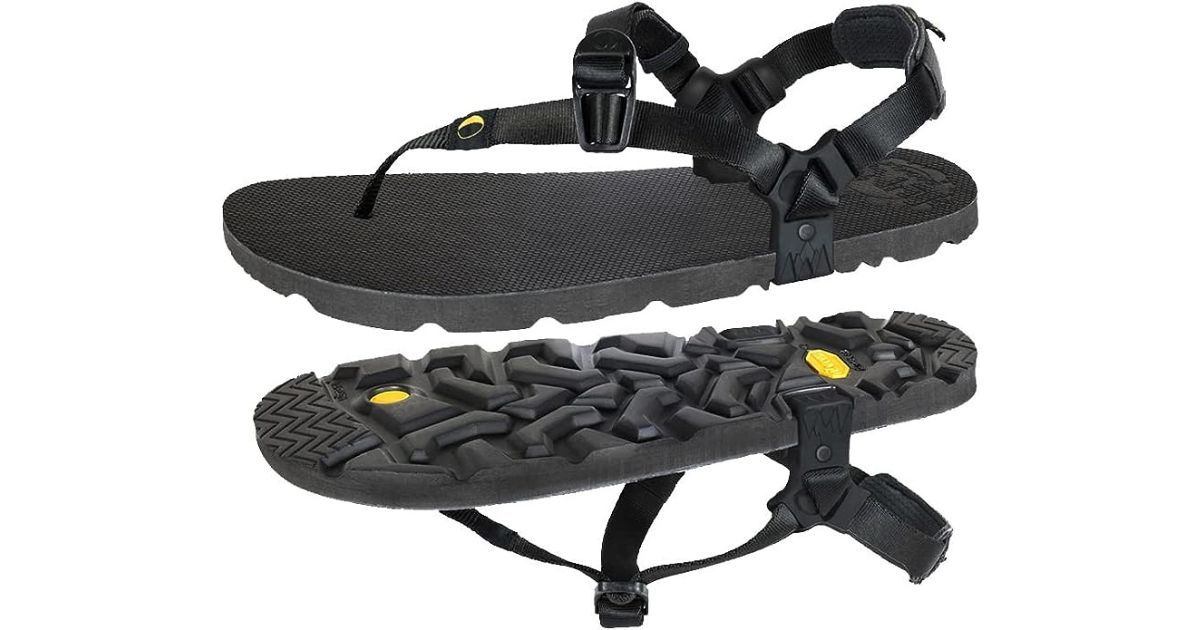
For those who prefer the feeling of freedom and fresh air on their feet, hiking sandals might just be your perfect trail companion. But don't let their open design fool you; these are not your typical beach flip-flops.
Hiking sandals are designed with the same principles as hiking shoes - to provide comfort, support, and traction for outdoor adventures.
The beauty of hiking sandals lies in their versatility. They are lightweight, making them a great choice for long-distance hikes where every ounce counts.
And when it comes to water crossings or wet conditions, they are the unrivaled champions. Hiking sandals dry quickly and prevent the squishy discomfort that comes from water-logged boots.
There are numerous options available in the market, each with their unique strengths. For example, the Chaco Z/Cloud is praised for its comfort and support, while the Bedrock Sandals stand out for its minimalistic design and durability.
The Teva Original Universal is a budget-friendly option that doesn't compromise on quality, and the Keen Newport brings a robust structure to the table. Also, Luna Sandals have been in the running sandals game for a while and have excellent choices.
However, before you hop on the hiking sandal bandwagon, keep in mind that they offer less protection than closed shoes.
- Your toes are exposed, which could lead to scratches or bruises in rough terrains.
- Also, if you're hiking in colder weather, you might want to stick to boots or closed shoes for warmth.
Hiking sandals can be a fantastic footwear option, especially for warmer climates and wet conditions. On scorching days, I instinctively reach for mine, and they proved to be exceptional during my hikes in Hawaii.
Just remember to consider the nature of your hike and personal comfort when making your selection.
Frequently Asked Questions
Can I wear sneakers for hiking?
Yes, you can wear sneakers for hiking, but it depends on the type of trail. For gentle, well-defined hiking trails, sneakers can be sufficient. However, for more challenging terrains or longer hikes, dedicated hiking shoes or boots with good traction and ankle support are recommended.
Are walking shoes OK for hiking?
Yes, walking shoes can be suitable for hiking, especially on non-technical trails and flat terrains. However, for rougher paths or longer hikes, hiking shoes are often a better choice due to their higher durability and better grip. Always consider the trail conditions and your comfort when choosing your footwear.
Can you hike with any shoes?
Yes, you can hike with any shoes that are comfortable and provide some grip, especially on non-technical trails. However, for longer hikes or rough terrains, lightweight hiking shoes or trail running shoe is recommended for better support and protection. Remember, the right footwear can significantly enhance your hiking experience!
What shoes not to wear when hiking?
When hiking, avoid wearing flip-flops, sandals, or shoes with high heels as they don't provide enough support or protection. Also, Converse sneakers and other flimsy shoes are not suitable because they lack the necessary traction for uneven terrains.
What is the difference between hiking shoes and trail shoes?
Hiking shoes are sturdier and designed for rugged terrains, making them more durable and protective against sharp rocks. On the other hand, trail shoes, often used for trail running, are lighter, more flexible, and cushioned, allowing for quicker movement. However, they might offer less grip and protection compared to hiking shoes.
What to wear if you don't have hiking shoes?
If you don't have hiking boots or shoes, a good pair of sneakers or running shoes can serve as a viable substitute. They're designed for comfort and typically offer decent traction, which is essential when navigating uneven terrains. However, if your hike involves more rugged terrains and backpacking trips with heavy loads, investing in high-quality hiking shoes or boots is highly recommended.
Bottom Line
We've taken a journey through the world of hiking footwear, giving you insights on what shoes to wear hiking. Remember, your choice of footwear can transform your hiking experience from a painful slog into a delightful adventure.
We've discussed how the right shoes protect your feet and provide much-needed support when traversing rugged terrains. We've also explored how the type of terrain and weather conditions should influence your shoe choice. Lastly, we emphasized the importance of comfort and fit in ensuring a successful and enjoyable hike.
Investing time in finding the right hiking shoes for your needs is just as important as planning your hiking route or packing your backpack. So, don't rush the process. Take your time, do your research, and find the perfect pair that will be your trusty companion on many exciting hiking adventures to come!
Now, it's your turn to join the conversation. Do you have a favorite pair of hiking shoes that you swear by? Maybe you've had a memorable (for better or worse) experience with a particular pair. Share your stories and recommendations in the comments section below.
And don't forget to share this article with your hiking buddies! Who knows, they might find the perfect pair of hiking shoes thanks to your help. Happy trails, everyone!
Recommended For You...
